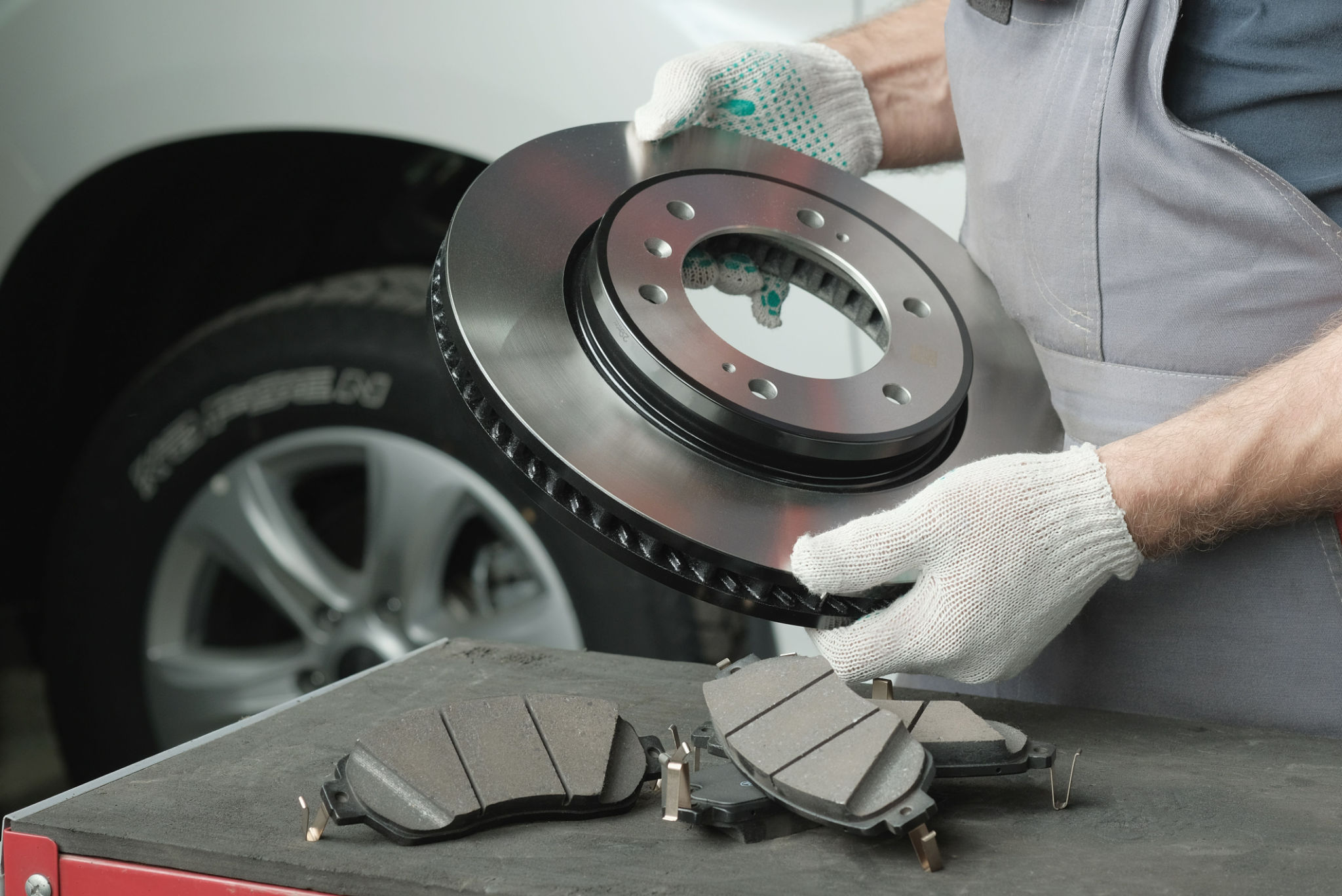Preparing Your Fleet for the Rainy Season: Essential Safety Checks
Introduction to Rainy Season Fleet Preparation
As the rainy season approaches, ensuring your fleet is ready to handle wet and slippery roads is paramount for safety and efficiency. Proper maintenance and safety checks can prevent accidents and costly repairs. In this blog post, we'll explore essential safety checks and preparations to keep your fleet in top condition during the rainy months.

Tire Maintenance
Inspecting Tire Tread Depth
The first step in preparing your fleet for the rainy season is to inspect the tire tread depth. Adequate tread depth is crucial for maintaining traction on wet surfaces. A simple way to check tread depth is by using a tread depth gauge or the penny test. If the tread is worn down, it's time for a replacement.
Checking Tire Pressure
Proper tire pressure is essential for handling and fuel efficiency. During the rainy season, tires may lose pressure more quickly due to temperature changes. Regularly check and inflate tires to the manufacturer's recommended pressure to ensure optimal performance.

Brake System Evaluation
Inspecting Brake Pads and Rotors
Brakes are a critical safety component, especially on slippery roads. Regularly inspect brake pads and rotors for wear and tear. If you notice any signs of wear, such as reduced stopping power or squealing noises, replace the components immediately.
Ensuring Proper Brake Fluid Levels
Check the brake fluid levels as part of your safety evaluation. Low brake fluid levels can lead to reduced braking performance and potential accidents. Top off the fluid as needed and ensure there are no leaks in the system.

Windshield Wipers and Visibility
Replacing Worn Wiper Blades
Clear visibility is crucial during rainstorms. Ensure your fleet's windshield wipers are in good condition by checking for cracks or wear. Replace any worn wiper blades to maintain clear visibility during heavy rain.
Maintaining Clean Windows
Dirty windows can significantly impair visibility during the rainy season. Regularly clean both the interior and exterior of windows and mirrors to prevent fogging and ensure maximum clarity.

Lighting and Electrical Systems
Checking Headlights and Taillights
Functioning lights are essential for visibility and signaling other drivers in poor weather conditions. Inspect all headlights, taillights, and turn signals to ensure they are working correctly and replace any burnt-out bulbs promptly.
Testing Electrical Components
Rain can affect electrical systems, so it's vital to test all electrical components, including battery and alternator performance. Ensure all connections are secure and free of corrosion to prevent electrical failures.

Conclusion
Preparing your fleet for the rainy season involves a series of essential safety checks and maintenance tasks. By focusing on tire maintenance, brake system evaluation, visibility improvements, and electrical system health, you can ensure your fleet is ready to handle the challenges of wet weather. A well-prepared fleet not only enhances safety but also boosts operational efficiency during the rainy months.